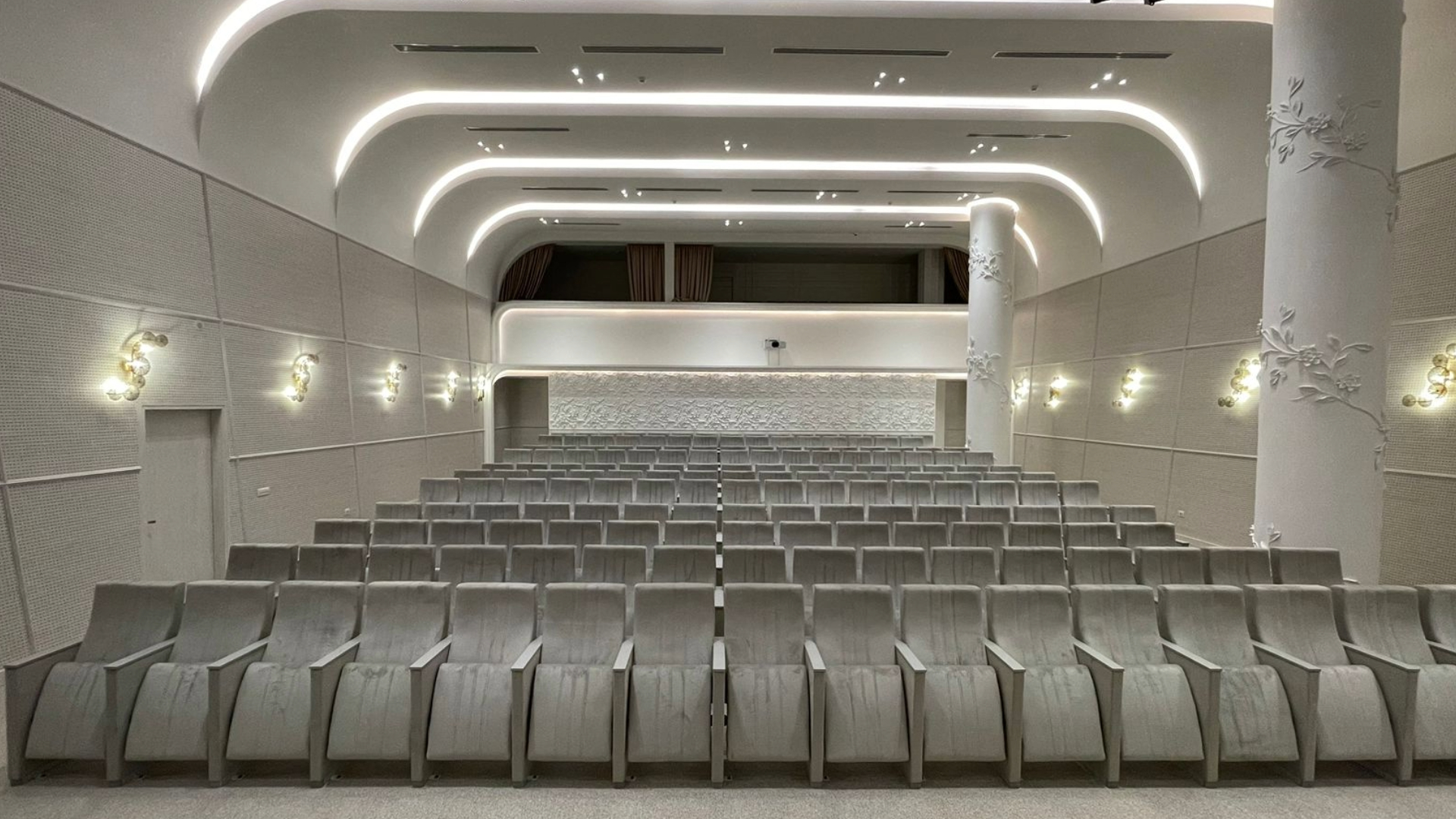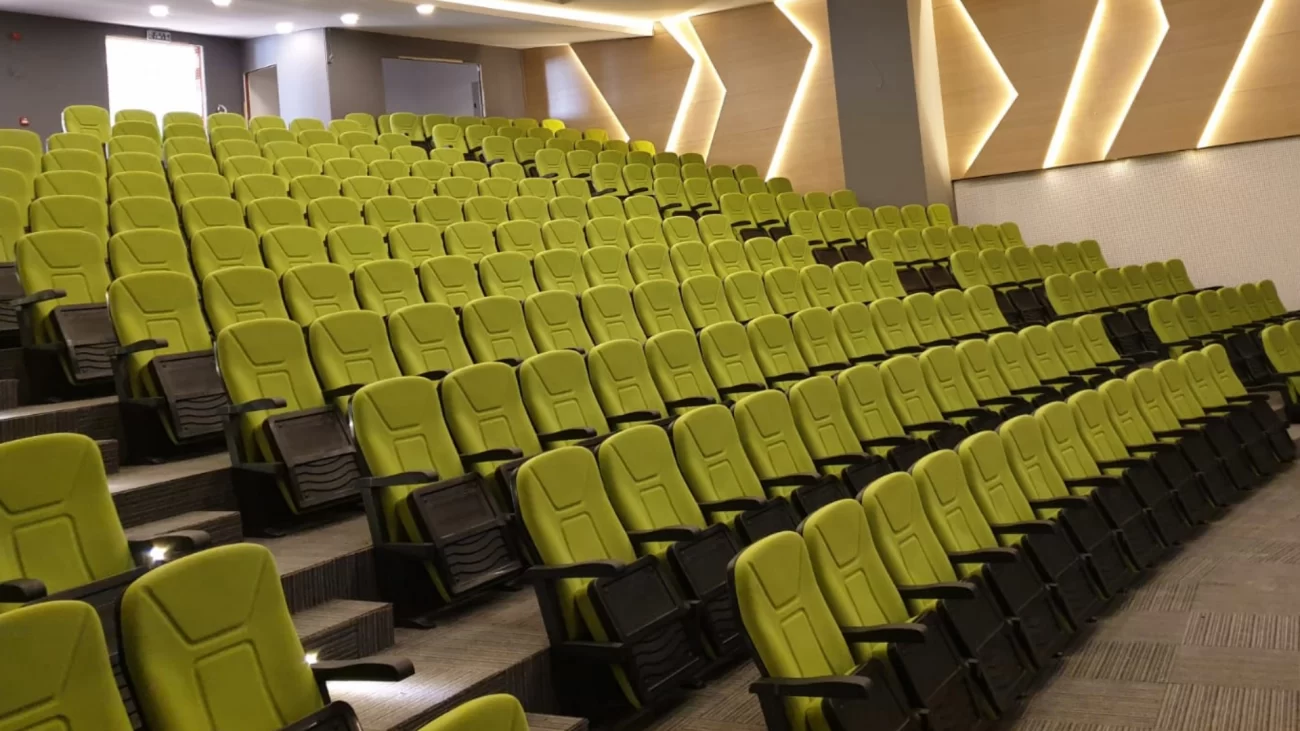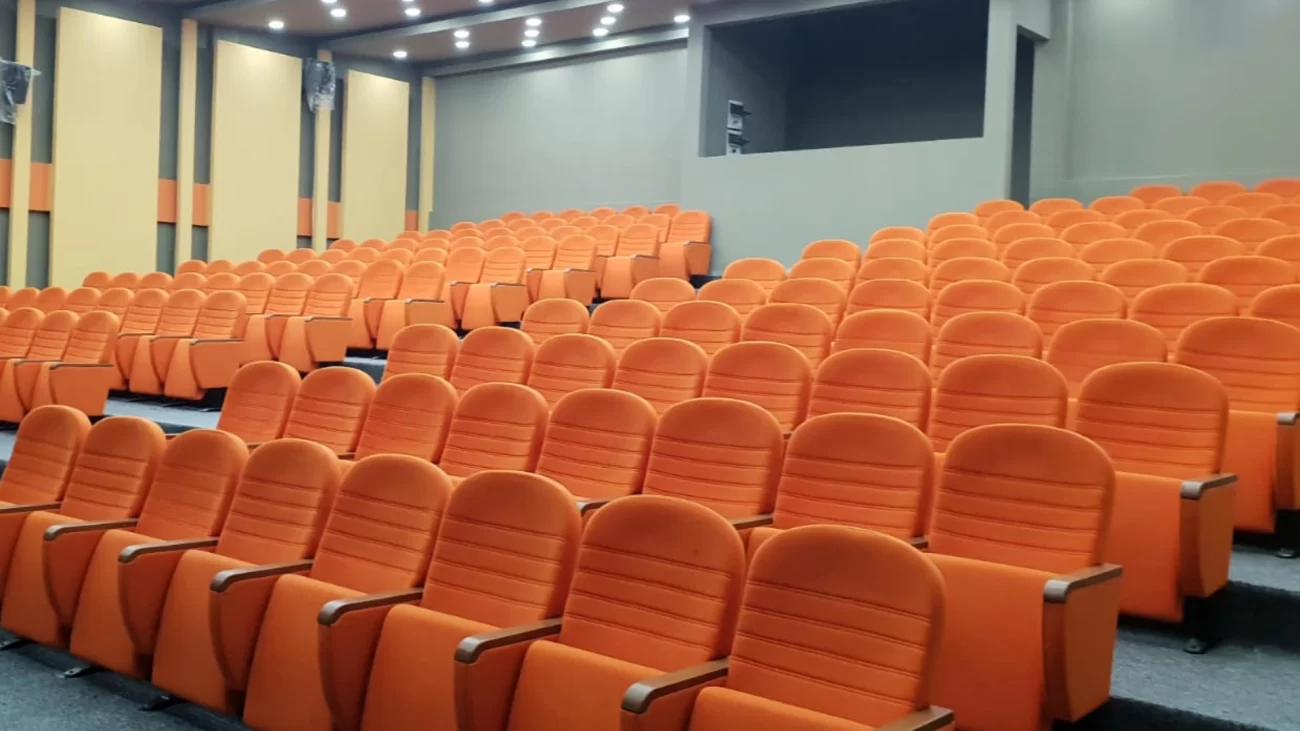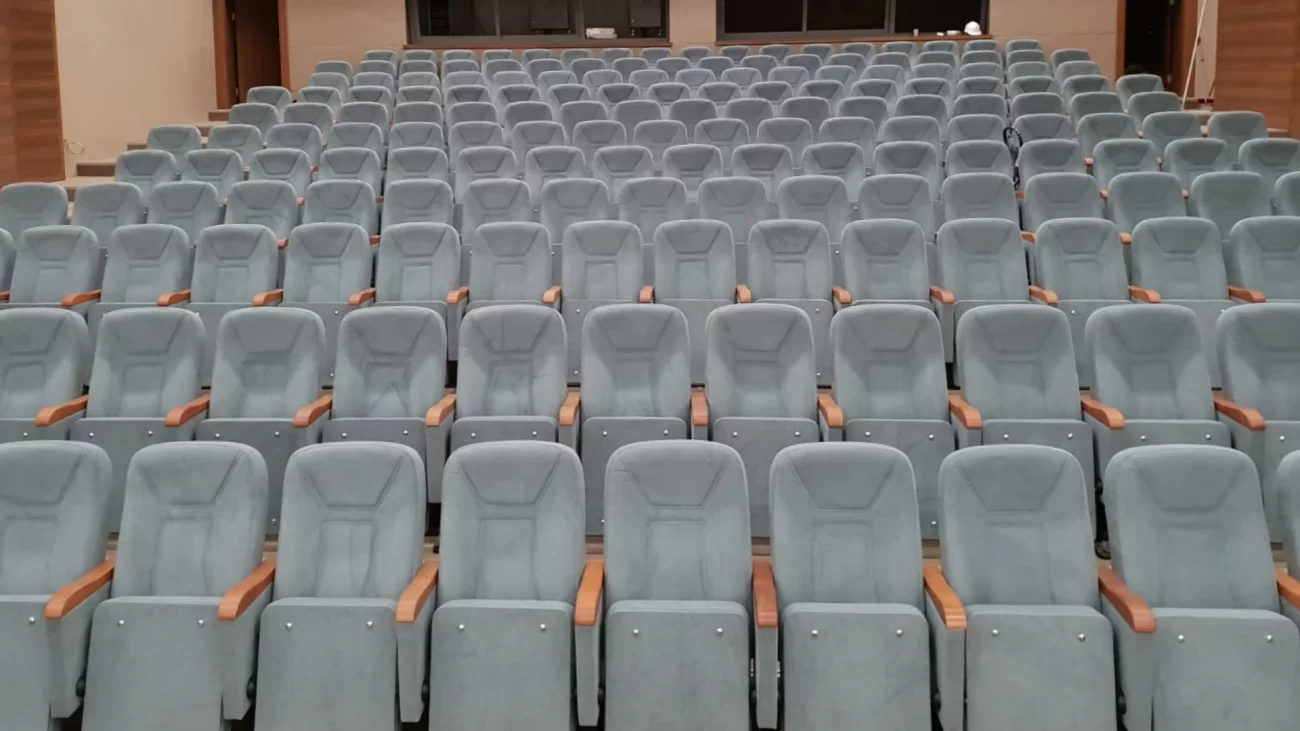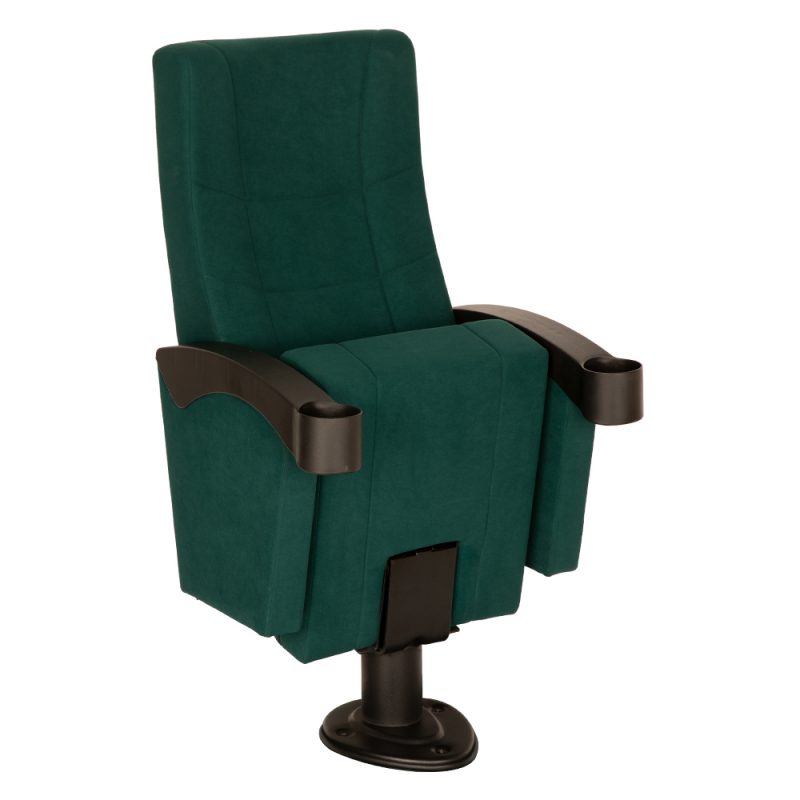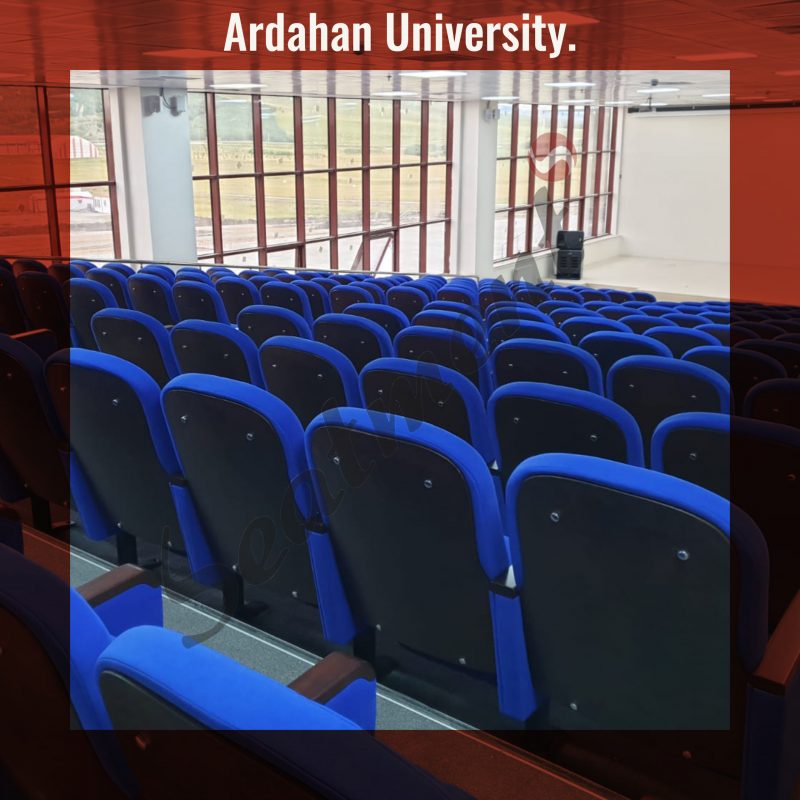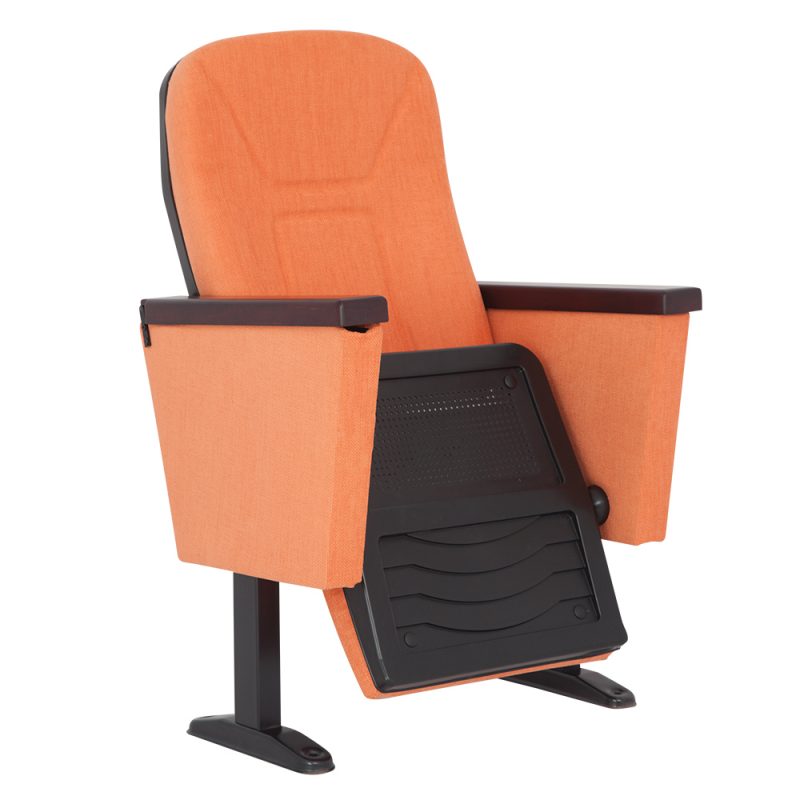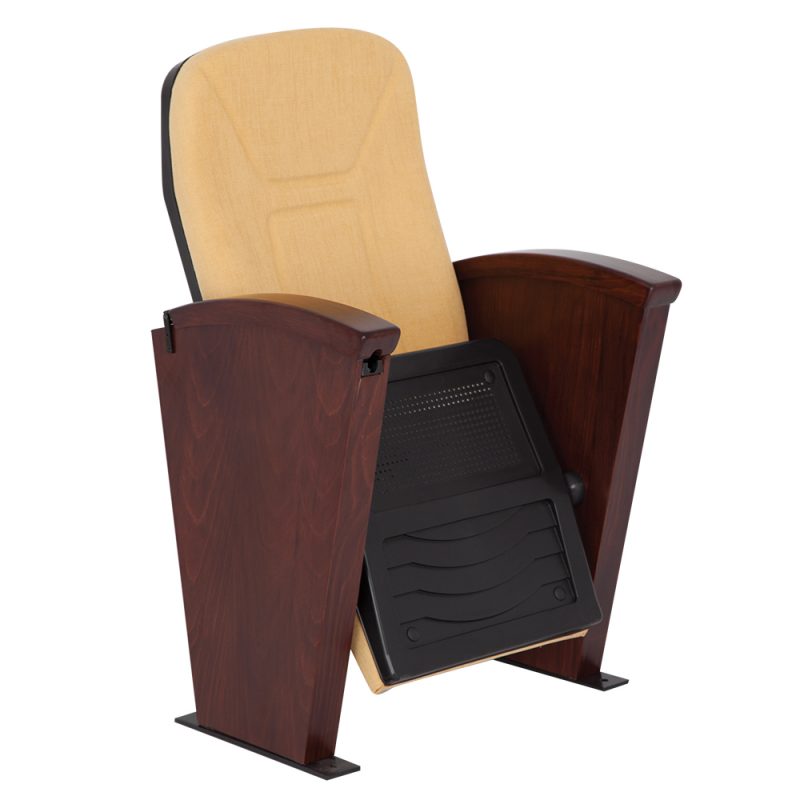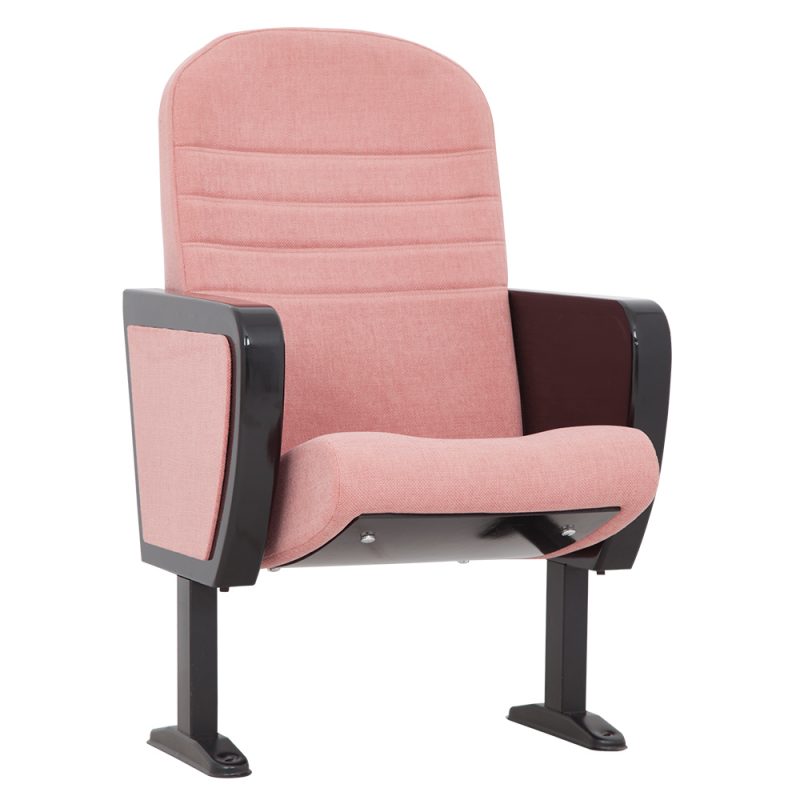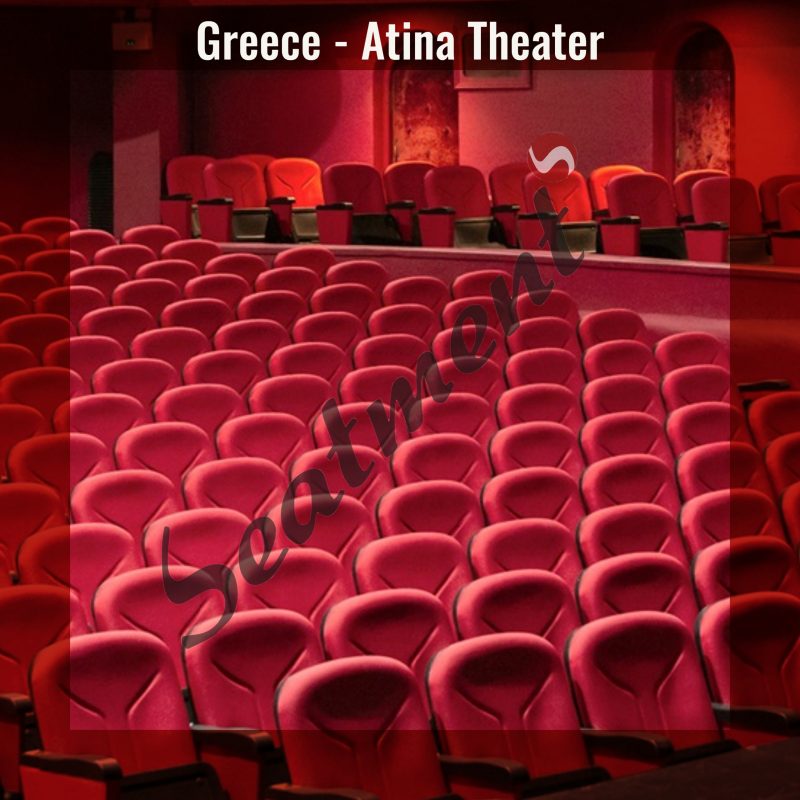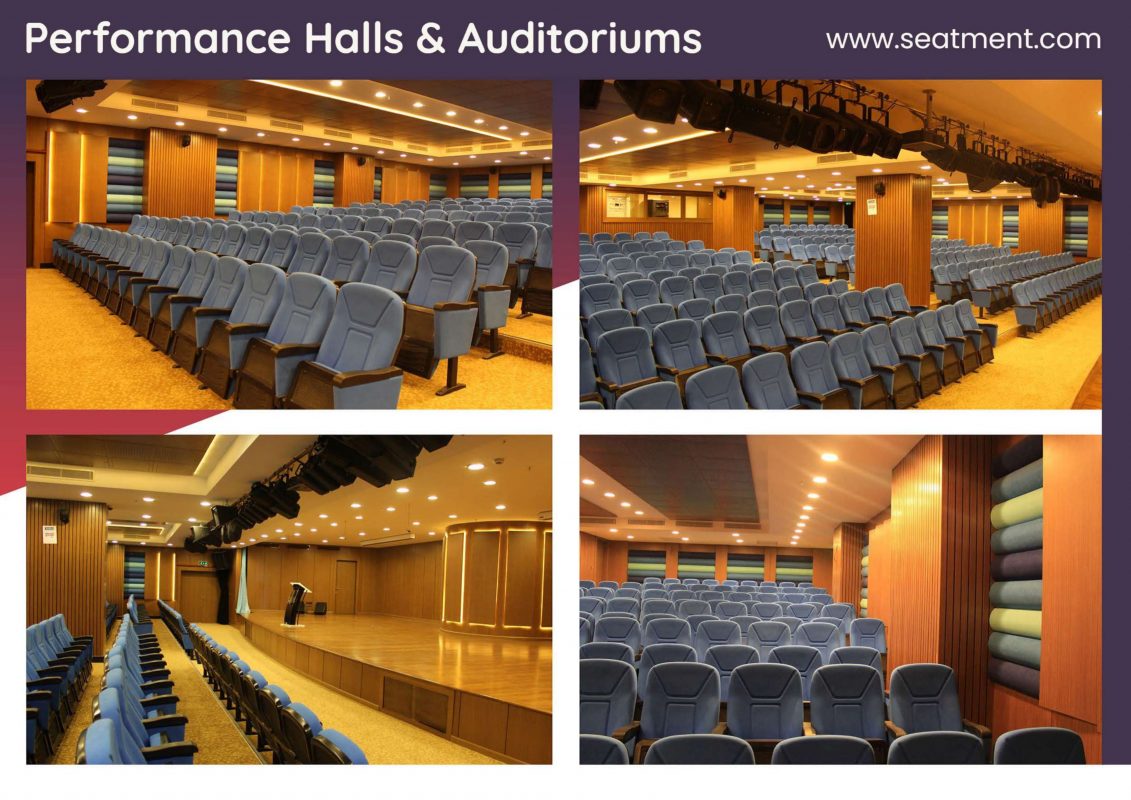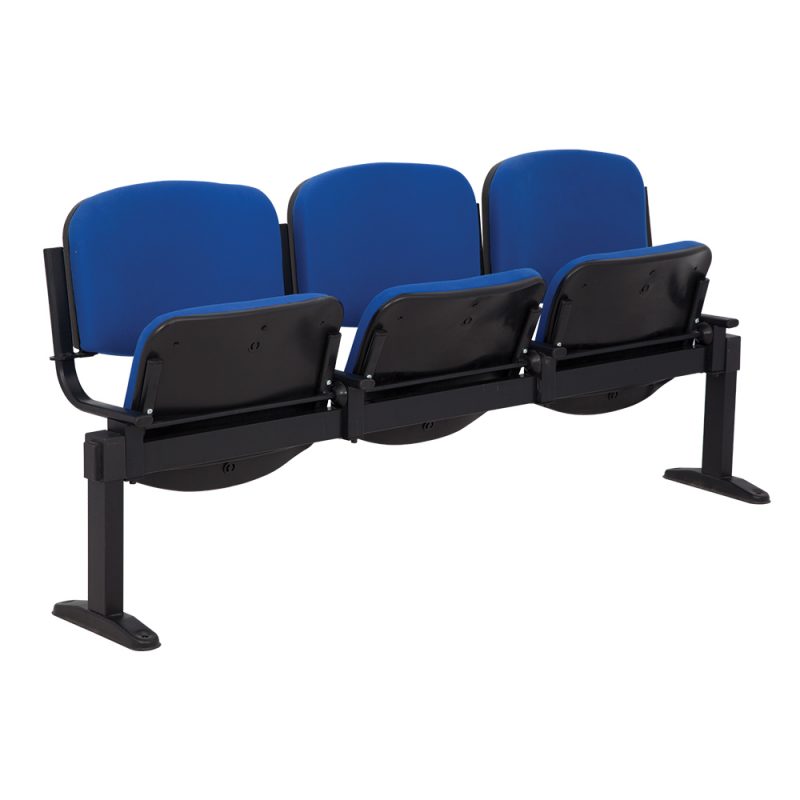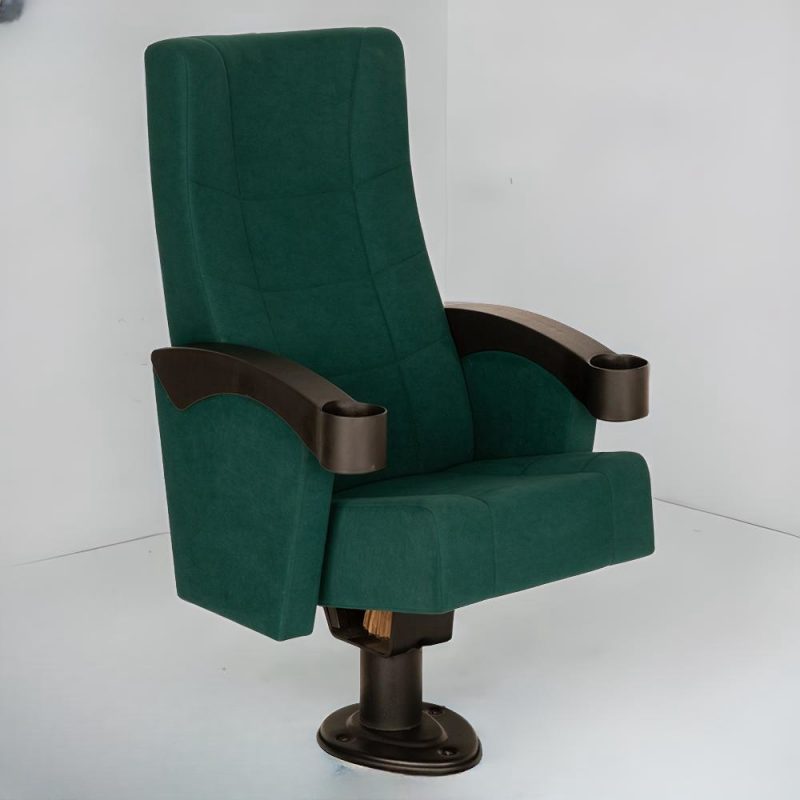What are the seating arrangements of auditorium?
An auditorium is a large space that can host various events, such as concerts, lectures, plays, or ceremonies. The seating arrangements of auditorium are the way the seats are organized and distributed in the space, to provide the best experience for the audience and the performers. The seating arrangements of auditorium can vary depending on the size, shape, and purpose of the auditorium, as well as the budget, preferences, and needs of the owner. In this article, we will explain some of the common types of seating arrangements of auditorium and their advantages and disadvantages.
End Stage Seating Arrangement
The end stage seating arrangement is the simplest and most common type of seating arrangement of auditorium. It consists of rows of seats that face the stage in one direction, usually in a rectangular or fan-shaped layout. The end stage seating arrangement is suitable for events that require minimal interaction between the audience and the performers, such as lectures, films, or slide-based presentations. It is also easy to fit into conventional rectangular plans and to comply with safety and accessibility regulations.
However, the end stage seating arrangement has some drawbacks, such as:
- It creates a large distance between the audience and the stage, which can reduce the intimacy and engagement of the event.
- It limits the sightlines and the acoustics of the audience, especially for those who sit at the sides or the back of the auditorium.
- It restricts the design and the flexibility of the stage, as it can only accommodate a flat or a slightly curved backdrop.
Thrust Stage Seating Arrangement
The thrust stage seating arrangement is a type of seating arrangement of auditorium that extends the stage into the audience, creating a three-sided platform. The seats are arranged around the stage, usually in a horseshoe or a semi-circular shape. The thrust stage seating arrangement is suitable for events that require more interaction and involvement between the audience and the performers, such as plays, musicals, or dance shows. It is also more efficient in terms of space and cost, as it can accommodate more seats in a smaller area and use less scenery and lighting equipment.
However, the thrust stage seating arrangement also has some challenges, such as:
- It creates a complex and dynamic sightline for the audience, which can be both exciting and distracting, depending on the quality of the performance and the direction.
- It requires a careful and creative design of the stage, as it has to consider the visibility and the movement of the performers from all angles.
- It poses some difficulties for the sound and the lighting systems, as they have to cover the entire stage and the audience without creating shadows or feedback.
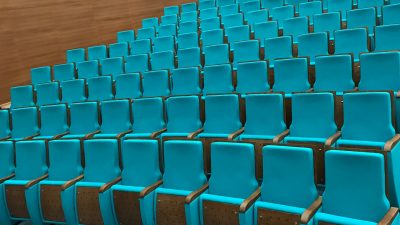 Arena Stage Seating Arrangement
Arena Stage Seating Arrangement
The arena stage seating arrangement is a type of seating arrangement of auditorium that surrounds the stage with seats on all sides, creating a four-sided platform. The seats are usually arranged in a circular or a square shape, with multiple aisles for access. The arena stage seating arrangement is suitable for events that require a high level of intimacy and immersion between the audience and the performers, such as sports, circus, or experimental shows. It is also the most flexible and adaptable type of seating arrangement of auditorium, as it can change the shape and the size of the stage and the seats according to the event.
However, the arena stage seating arrangement also has some limitations, such as:
- It creates a very challenging and demanding sightline for the audience, as they have to constantly shift their attention and focus to different parts of the stage and the performers.
- It requires a very skilled and talented design and production team, as they have to create a captivating and coherent performance that can appeal to the audience from all directions.
- It poses some serious problems for the safety and the comfort of the audience and the performers, as they have to deal with the noise, the heat, and the potential hazards of the stage and the equipment.


